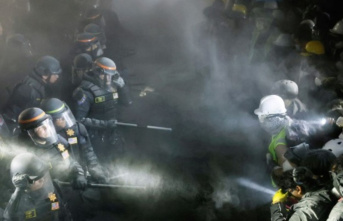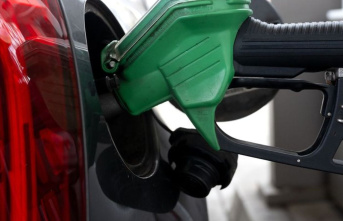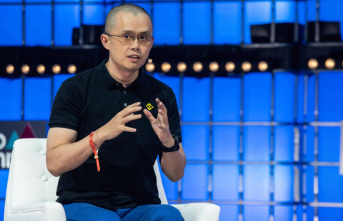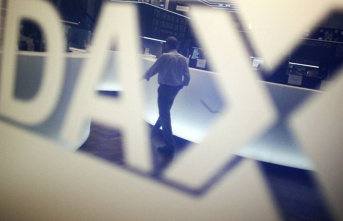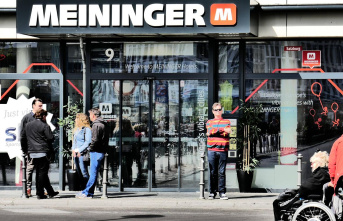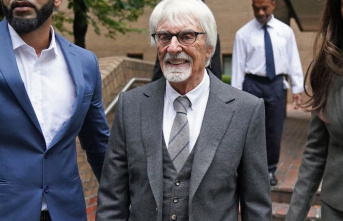For experts, entangled quanta and their applications are nothing less than the key to a technical revolution. They make phone calls tap-proof, form the basis of incredibly fast computers and make it possible to literally beam information. So it's no wonder that this year's Nobel Prize in Physics is awarded for fundamental work in the field of quantum mechanics.
Broadly speaking, quantum entanglement is about tiny particles that are connected in some way - even if they get separated and are then many kilometers apart. If the state of one particle is measured, the state of the other particle is also determined automatically.
amounts of data are still quite limited
And not only that: changing the state of one particle in a certain way affects the other particle, even though there is no connection between the two. "In communication, there are the first networks based on this quantum technology, which allow tap-proof data transmission. But the amounts of data transmitted are still quite limited," said Immanuel Bloch from the LMU Munich of the German Press Agency (dpa).
Quantum states can also be transferred between the particles - colloquially: teleported. However, Bloch rejects hopes for beaming like in the Starship Enterprise series: "Teleporting people will very likely never work because they are simply too complex."
For a better understanding, the physicist Tobias Meng from the TU Dresden explains the phenomenon of entangled quanta with separate twins who are always in the same mood. If you ask one of the two about his well-being and get the answer "good", the other is also well.
Hard to digest theory
However, the twin example describes the so-called entanglement only insufficiently, said Meng of the dpa. Because the crux of the matter with quantum mechanics is: "All the metaphors that you make using everyday examples don't quite hit it in the end." So the twins in the quantum world would be both sad and happy at the same time, only at the time of the question would the mood be clearly ascertainable.
As difficult as the theory behind the principles for which the Frenchman Alain Aspect, the American John Clauser and the Austrian Anton Zeilinger received the Nobel Prize is to digest, the possible applications are just as impressive. "Quantum entanglement is like a new tool in the toolbox," says Meng. One area of application are so-called quantum computers. Great hopes are placed in them because, in certain applications, they can calculate much faster and more complex than today's supercomputers.
The entangled quantum states offer the potential for new ways of storing, transmitting and processing information. In the long term, it is not just about an abstract academic question, but about concrete advances in computer technology that can no longer be achieved with the methods used up to now.
Not practical yet
Experts expect that quantum computers will be able to crack encryption that was previously considered absolutely secure. However, quantum computers are not yet practical, partly because they are still losing the information stored in them extremely quickly. In addition, the systems are not portable because they have to be cooled to near absolute zero, which is a laborious process.
Another area of application is tap-proof communication - keyword quantum cryptography. "I can transmit data securely because you would immediately notice if someone was listening in and can then interrupt the transmission or not use the cryptographic key that was transmitted," explains Bloch, who also works at the Max Planck Institute for Quantum Optics in Garching.
A few years ago, Zeilinger and Chinese colleagues managed to make the first tap-proof quantum video call over the long distance between Vienna and Beijing. According to the Austrian Academy of Sciences, the security of the video call was at least a million times higher than with conventional encryption methods.






